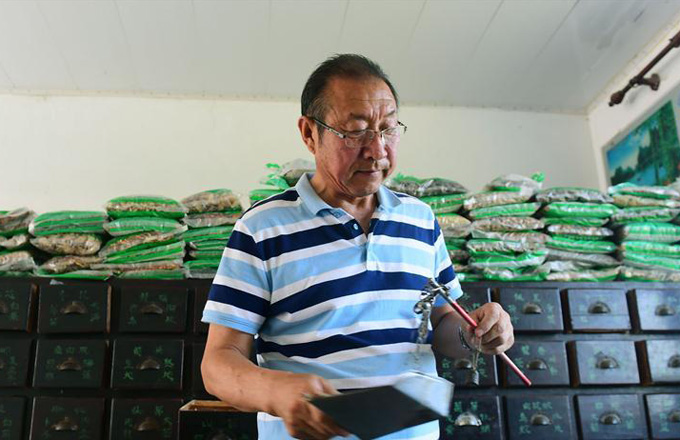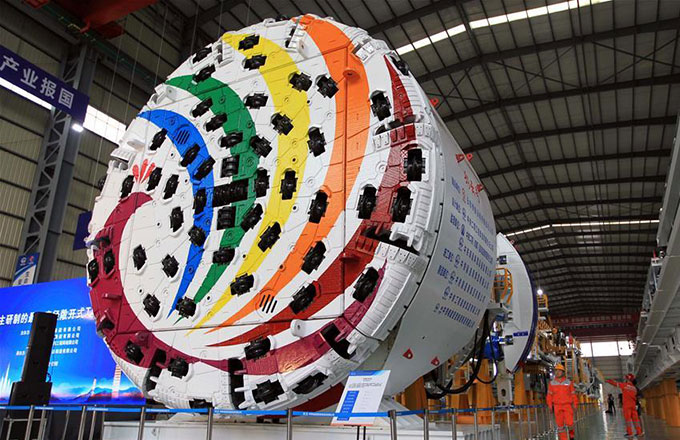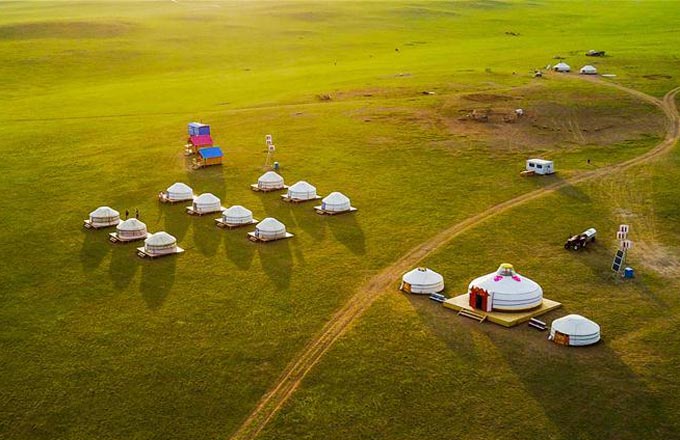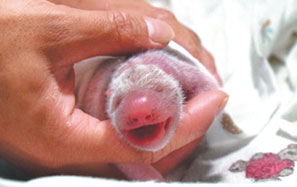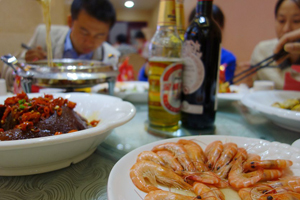Healthy pastime plan afoot in Beijing
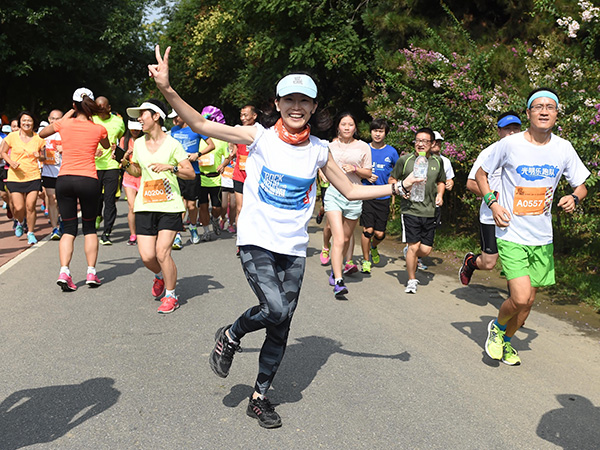 |
|
1. Olympic Forest Park, on city's north side. |
Getting it done
To help trim swelling waistlines, the central government published its first national fitness regulations in 2009, the same year National Fitness Day (Aug 8) was designated. Among the rules was an instruction for authorities to include investment in public sports facilities in their development plans.
A national fitness plan in 2011 set a five-year target to increase the space dedicated to public recreation facilities to 1.5 square meters per capita. By 2015, the amount actually reached 1.57 sq m, according to the General Administration of Sport.
In 2013, local governments were also given guidelines on how to develop a variety of travel and leisure services that encouraged healthy lifestyles, from hot springs and skiing to scenic hiking routes.
For the Beijing municipal government, getting more people out pounding the ground has been a major focus. Yet the city's downtown areas-with their wide roads and often complex systems of overpasses and underpasses-still have some way to go to becoming pedestrian-friendly.
A 2014 report by the Natural Resources Defense Council, a nonprofit environmental group based in the United States, ranked Beijing 11th of 35 Chinese cities assessed on road and sidewalk management.
To address the issue, the city government has been upgrading sidewalks and bicycle lanes. Work is also ongoing to demolish illegal structures that cover an estimated 40 sq km, as well as to reduce illegal parking. Both encroach onto sidewalks.
Once complete, exploring downtown Beijing on foot may be as pleasurable for residents and visitors as the city's scenic walking trails.




